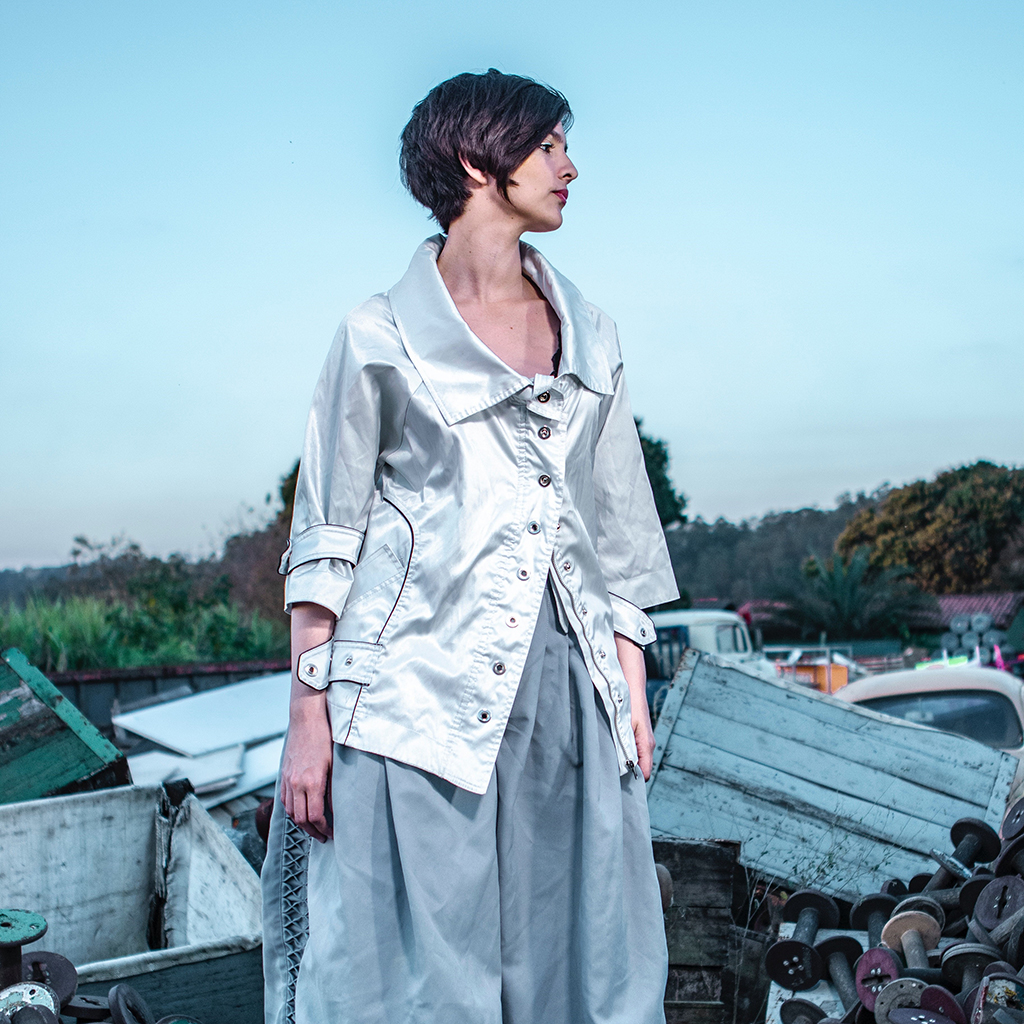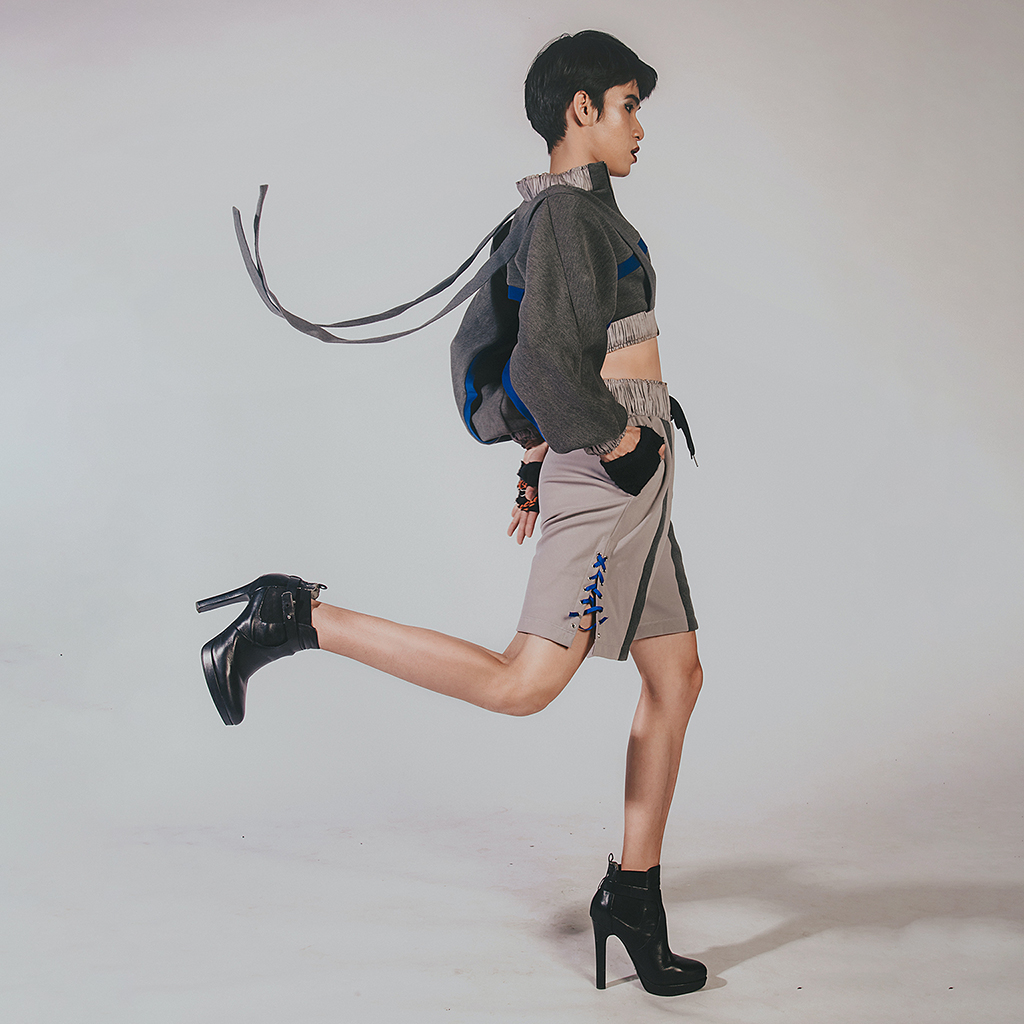Navigating the Fashion Trend Lifecycle: Key Insights for Clothing Factories
blo01032023-01
The fashion industry is an ever-changing landscape of trends, styles, and creativity. To stay relevant and competitive, clothing manufacturers must continuously adapt to the fluctuations in consumer preferences and market dynamics. In this blog post, we’ll explore the fashion trend lifecycle in five stages, delving into the vital role of clothing manufacturers throughout the process.

Stage 1: Birth of a New Trend
New fashion trends often emerge from the creative minds of designers, who experiment with innovative ideas, patterns, materials, and styles. Clothing manufacturers play a critical role in turning these creative concepts into tangible products. At this stage, the trend is typically exclusive to luxury brands and niche markets, targeting fashion-forward consumers seeking novelty and exclusivity.

Stage 2: Rise in Popularity
As celebrities, influencers, and media outlets showcase and promote the new trend, its popularity begins to grow. Clothing manufacturers must respond to the increasing demand by scaling up production and ensuring that the trend’s essence is captured in the garments they produce. This stage is marked by greater visibility and accessibility, with more designers and fashion brands incorporating the trend into their collections.

Stage 3: Maturity and Mainstream Adoption
Once a fashion trend reaches its peak popularity and becomes widely accepted, clothing manufacturers need to cater to a broader range of consumers. The trend is now available across various price points, from high-end designer brands to affordable fast-fashion retailers. Manufacturers must balance their production strategies to meet the diverse needs of the market while maintaining the quality and appeal of the trend.

Stage 4: Decline in Popularity
As the market becomes oversaturated with the trend, consumers start to grow tired of seeing it everywhere, and their preferences shift towards newer, unique styles. Clothing manufacturers must remain agile, identifying and adapting to these changes in consumer tastes. They may need to reduce the production of the declining trend and focus on the development and manufacturing of new styles that cater to the evolving fashion landscape.

Stage 5: The Trend Fades Out
With the decline in consumer interest and sales, retailers start to clear out their remaining inventory featuring the trend, often at discounted prices. Clothing manufacturers must adapt their production strategies to align with the changing market demand. They may shift their focus to newer trends or work on reinventing the fading trend to maintain their relevance in the industry.
Conclusion:
Clothing manufacturers play a pivotal role in the fashion trend lifecycle. Their ability to adapt to the ever-changing preferences of consumers and the evolving market dynamics is essential for staying competitive and successful in the industry. By understanding the five stages of the fashion trend lifecycle and staying ahead of the curve, manufacturers can ensure they continue to produce garments that resonate with their target audience and remain in high demand.

